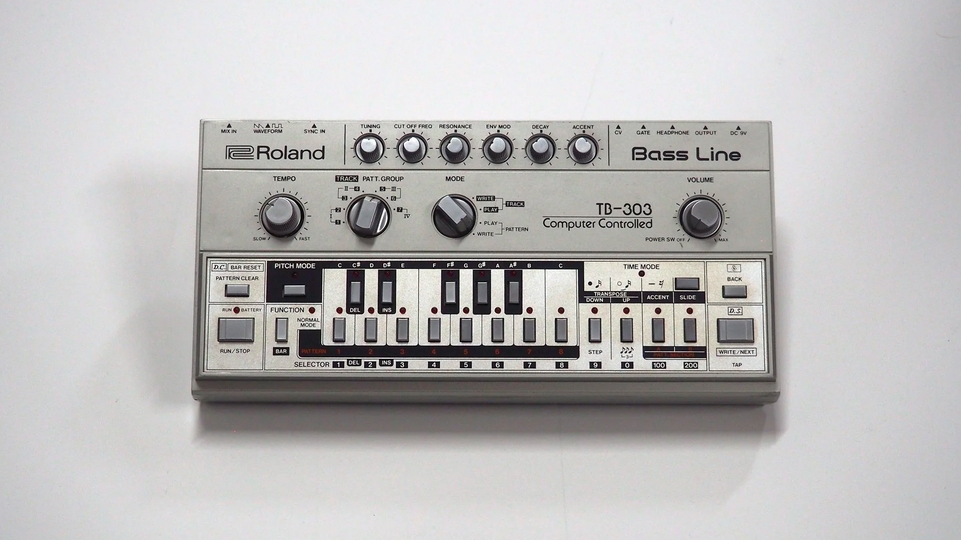The Roland TB-303 Bass Line is a legendary and iconic bass synthesizer that has left an indelible mark on the music industry. With its distinctive sound and unique features, the TB-303 has become a staple in electronic, techno, and dance music genres. In this review, we delve into the strengths and weaknesses of the Roland TB-303, exploring the pros and cons of this classic synthesizer to help you understand its capabilities and limitations.

Pros:
- Signature Sound: The Roland TB-303 is renowned for its signature squelchy and resonant bass sound, characterized by its distinct resonance and cutoff controls, making it instantly recognizable in electronic music tracks.
- Simple and Intuitive Interface: The TB-303’s straightforward layout and controls make it easy for musicians, even beginners, to create unique basslines and manipulate sounds effortlessly.
- Portability: The TB-303’s compact and portable design allows for easy transport, making it an ideal choice for live performances and studio setups.
- Analog Warmth: As an analog synthesizer, the TB-303 offers the rich and warm sound that many musicians and producers crave, adding a touch of authenticity to their compositions.
- Sequencer: The built-in sequencer is a powerful tool for creating complex and evolving basslines, allowing for intricate patterns and variations to be programmed.1
Cons:
- Limited Polyphony: The TB-303 is monophonic, meaning it can only produce one note at a time, limiting its versatility for chords and harmonies.
- Steep Learning Curve: While the interface is simple, mastering the nuances of the TB-303 and creating expressive basslines may take time and practice.
- Availability and Price: The original Roland TB-303 is a vintage and rare synthesizer, making it challenging to find and often demanding a high price in the second-hand market.
- Lack of Modern Features: The TB-303 lacks modern features found in contemporary synthesizers, such as MIDI connectivity and patch memory, which could limit its integration with modern setups.
- Limited Sound Shaping: While the TB-303’s sound is iconic, it may not offer the same extensive sound-shaping capabilities as more advanced synthesizers with a broader range of parameters and modulation options.
Conclusion:
The Roland TB-303 Bass Line remains an iconic and revered bass synthesizer, celebrated for its distinctive sound and influential role in electronic music history. Its signature squelchy bass tones, simple interface, and portability make it a timeless favorite among musicians and producers. However, the TB-303 is not without its limitations, including monophonic play, a learning curve, limited availability, and the lack of modern features found in contemporary synthesizers. Aspiring users and vintage enthusiasts will find the TB-303’s classic analog warmth and sequencer capabilities a compelling choice, while those seeking modern features and polyphonic capabilities may opt for other synthesizer options. Overall, the Roland TB-303 continues to be a beloved classic that has left an enduring legacy in the world of electronic music.
